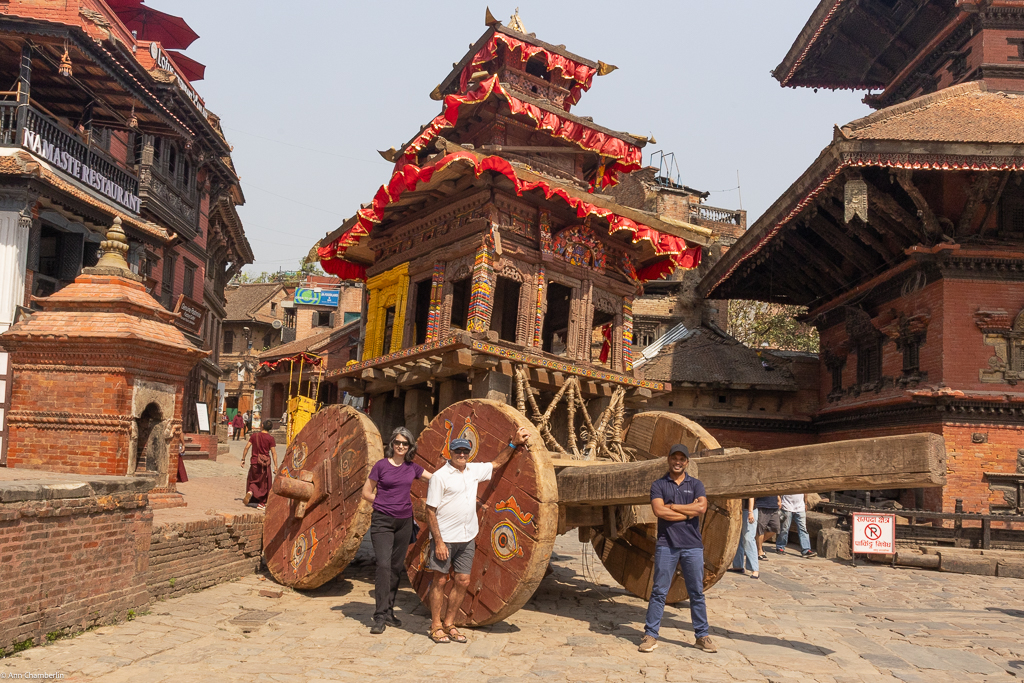
Nepal – Everything Begins and Ends In Kathmandu
I have long been fascinated with the Himalayas, their sheer size and scale always leaving me in awe. So naturally, seeing them in person has always been on my bucket list. At one point I even thought I wanted to climb Mt. Everest (I got over that idea a long time ago).
Meanwhile, our good friends have been raving to us for nearly 30 years now about the Kingdom of Bhutan, Nepal’s tiny and little known neighbor. Given the physically demanding nature of traveling around these mountainous, high elevation destinations, we decided it was time to go. We planned a 5-week trip, visiting multiple parts of Nepal, as well as Tibet and Bhutan.
The Himalayas’ Travel Hub
It all started and ended in Kathmandu, Nepal’s capital and largest city. It is also the area’s travel hub, so we ended up flying in and out of Kathmandu 3 more times during the course of our trip.
More UNESCO World Heritage Sites Than You Can Count On One Hand
I knew very little about Kathmandu before our trip. I had some vague memories of it being a hippie destination in the 70s, and knew that it was a necessary stopover for mountaineering expeditions to the Himalayas, but that was about it.
One of the first things I learned is that it is one of the oldest continuously inhabited places on earth. The next is that there are 7 UNESCO World Heritage Sites in the greater Kathmandu area. The list includes 3 Durbar squares (the plaza in front of former royal palaces), 2 Hindu temples, and 2 Buddhist stupas. We saw them all.
Our first stop was the Buddhist stupa Swayambhunath, also affectionately known as the monkey temple. The temple complex sits on a hill overlooking the city, and has a large number of wild monkeys roaming the grounds. What I found most interesting is that, although it is a holy Buddhist religious site, it shares the grounds with a number of Hindu temples.
This turned out to be a microcosm of the entire country, where I felt that Hindus and Buddhists lived together very harmoniously and that, in general, people were very accepting of most things.
Hinduism, Buddhism, and the Nepalese Way Of Life
Nepal is a predominantly Hindu nation, but with a substantial minority Buddhist population. Signs of both religions are everywhere, with thousands of temples and stupas on virtually every street and corner. Kathmandu was even once known as the city of a thousand temples. Both religions play a large role in the city’s culture and identity, as well as in peoples’ daily lives. Two that I found particularly interesting are Kumari, the Living Goddess, and the Hindu temple of Pashupatinath.
Kumari, the Living Goddess
Kumari is the tradition of worshipping a young girl who is thought to be the living incarnation of the goddess Durga or Taleju Bhawani. She is chosen at age 3 or 4 and then lives sequestered in a house near the old royal palace. People wait outside her window, hoping to catch a glimpse of her. She will come to the window once or twice a day, but does not interact with the crowd outside at all. Photography is strictly forbidden, hence only a photo of her window.
The Kumari will serve in this capacity until she reaches puberty, at which point she is returned to her family and a new Kumari is chosen. There is so much more to this story. Check out this link or the two above for an in-depth exploration of this topic.
Pashupatinah
Pashupatinah is the oldest Hindu temple in Kathmandu and is one of the most significant religious complexes in South Asia. The complex houses a main temple as well as over 500 subsidiary shrines. It also houses a public crematorium that operates 24/7 year round. It is located on the banks of the Bagmati River, which flows into the sacred Ganges.
On the river bank are dozens of pads used for funeral pyres. Once the body burning is completed, the ashes are swept into the river and onward to the Ganges. On the opposite bank, you can see many groups of people conducting ritual services for their departed family and friends.
Whole Lotta Shakin’ Going On
The Kathmandu Valley is a very active geological area, and through the centuries has endured many severe earthquakes. The most recent one, in 2015, was especially powerful and caused widespread devastation in the area. To this day, the rebuilding continues. Everywhere we went, we saw buildings being disassembled and reassembled, brick by brick.
It became a running theme that for every attraction we visited, our guide would point out which buildings in the area had been destroyed and rebuilt. Looking at these buildings, with their intricately carved door and window frames and elegant and complex brickwork, it was hard to imagine that they had been reduced to a pile of bricks just a few years earlier.
Bursting At The Seams
The population of Kathmandu is exploding; it is one of the fastest growing cities in the world. Under a million people just a few decades ago, it now has a population of 5 million. Like so many other developing nations, people in rural areas are leaving in droves and heading to the city in search of a life better than subsistence farming.
The city’s infrastructure just can’t keep up. Between limited resources and an ineffective government, basic services like clean water and a working electrical grid are hard to come by. The region is also wrestling with bad air quality. Between the millions of motor vehicles, numerous stone quarries and brick making factories, and bad air floating up from India, the haze in the air is often so thick that you would never even know there were mountains nearby. It’s especially sad because Kathmandu sits at the doorstep of the Himalayas, with sweeping mountain vistas from almost everywhere.
In summary, Kathmandu is a fascinating place to visit, especially for history and architecture buffs. As a necessary stopping point when coming to Nepal, it’s worth spending a little time to explore. But it’s not the main attraction or the main reason to come to Nepal

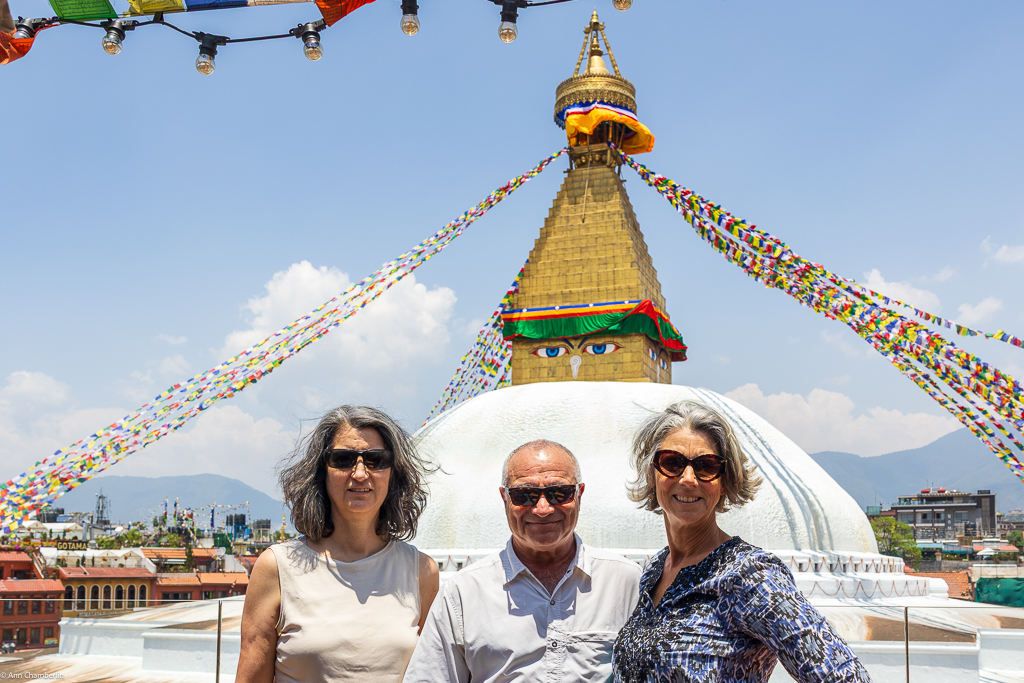
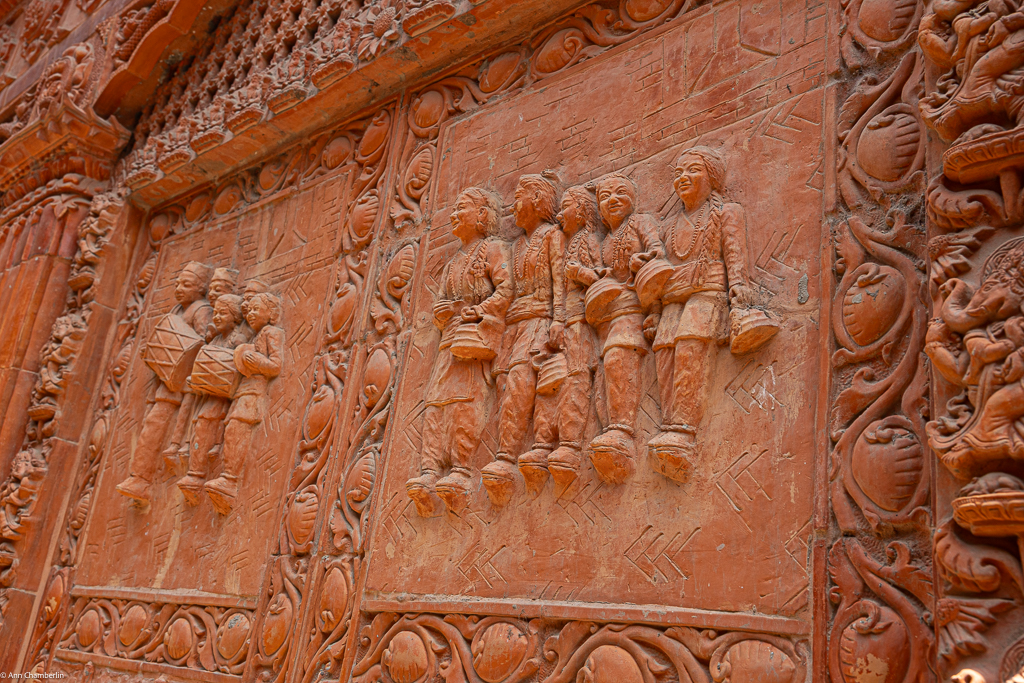
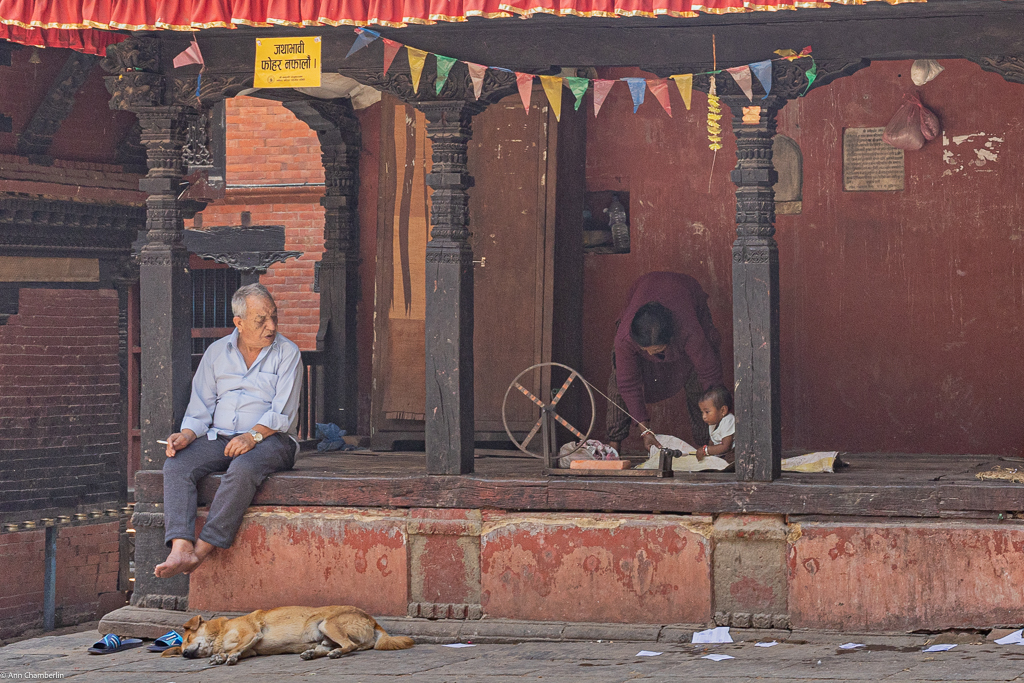
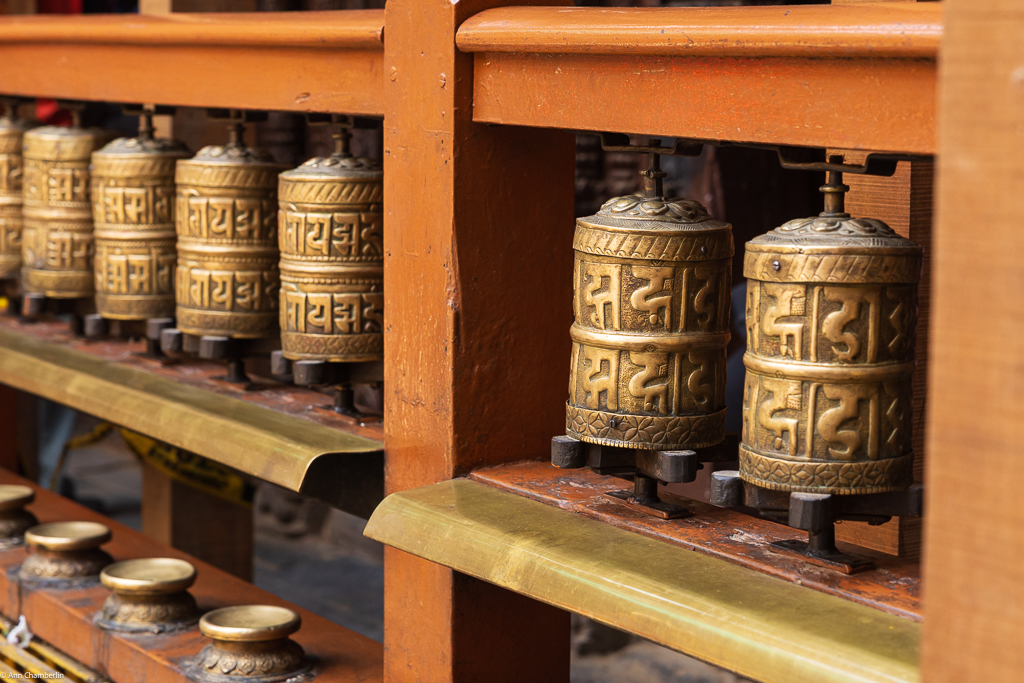
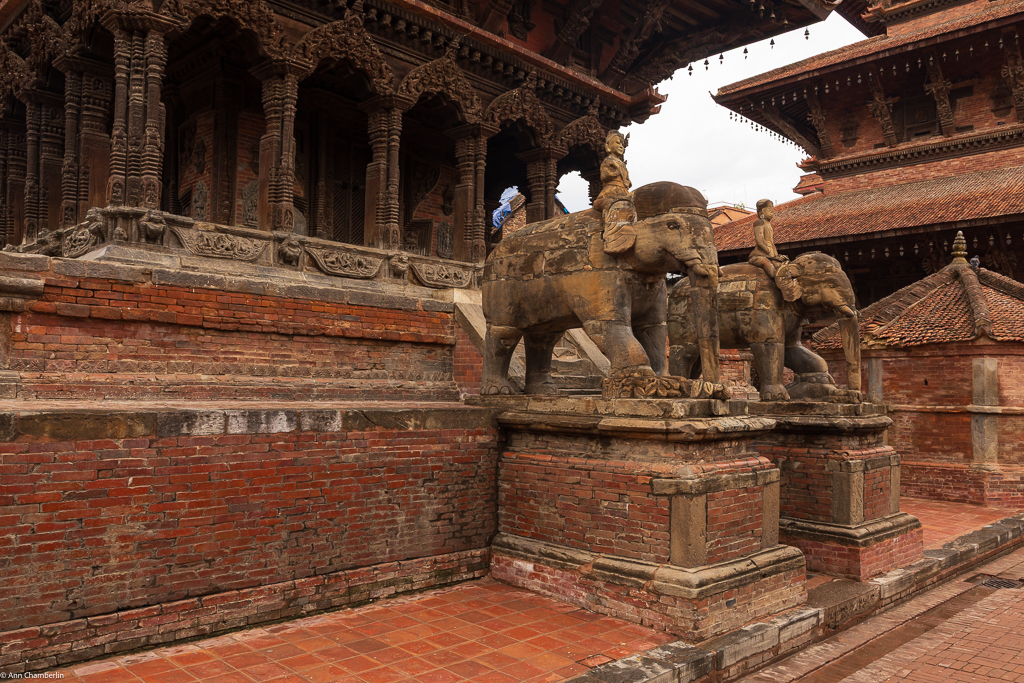

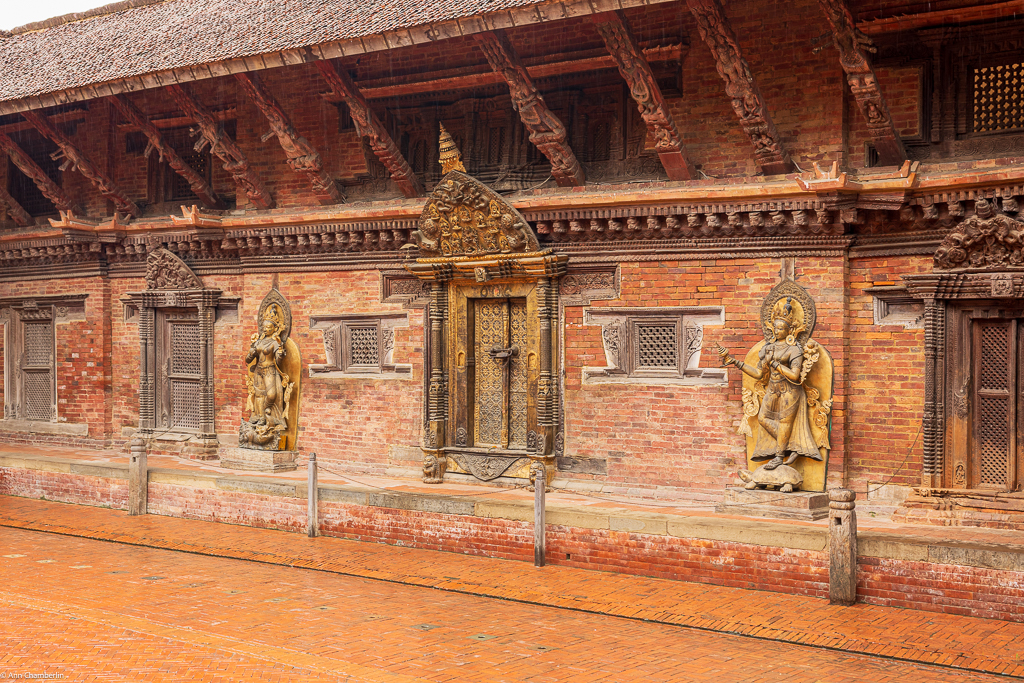
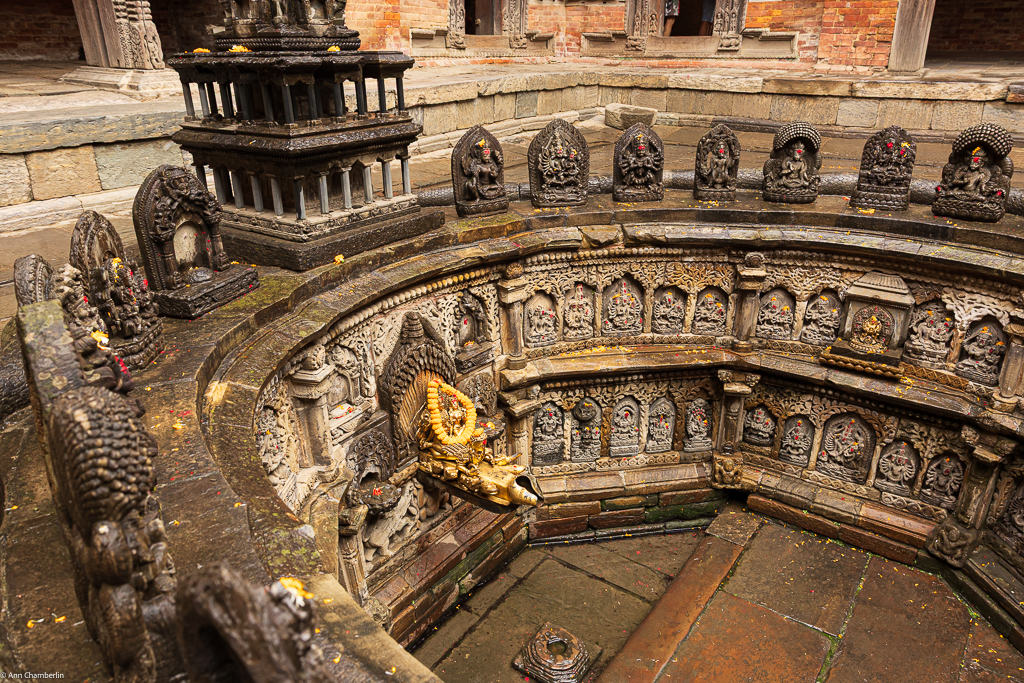
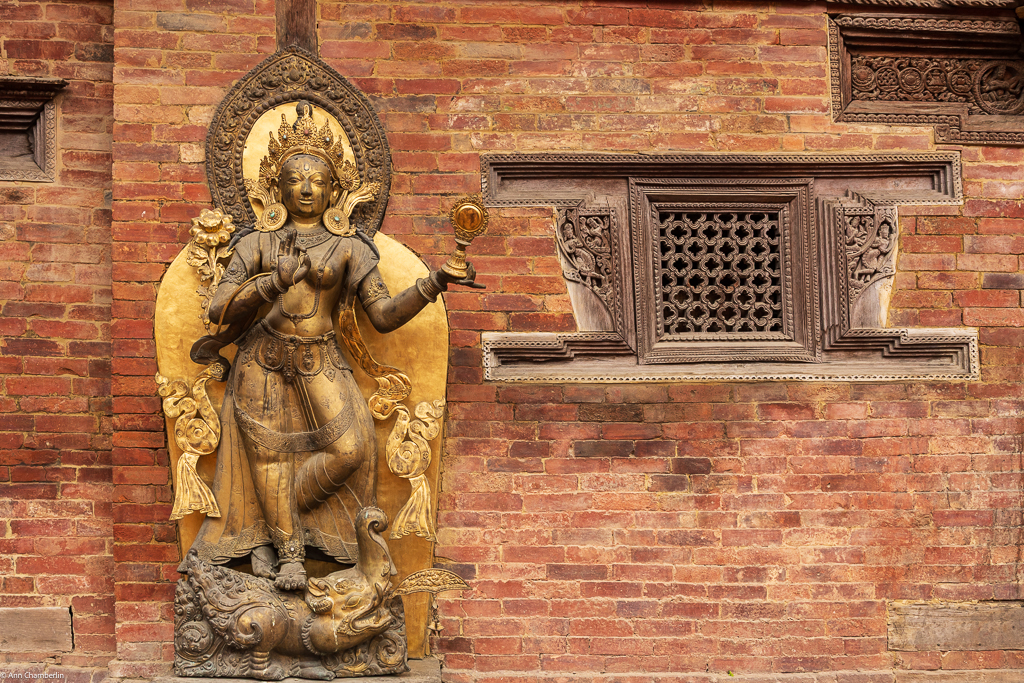
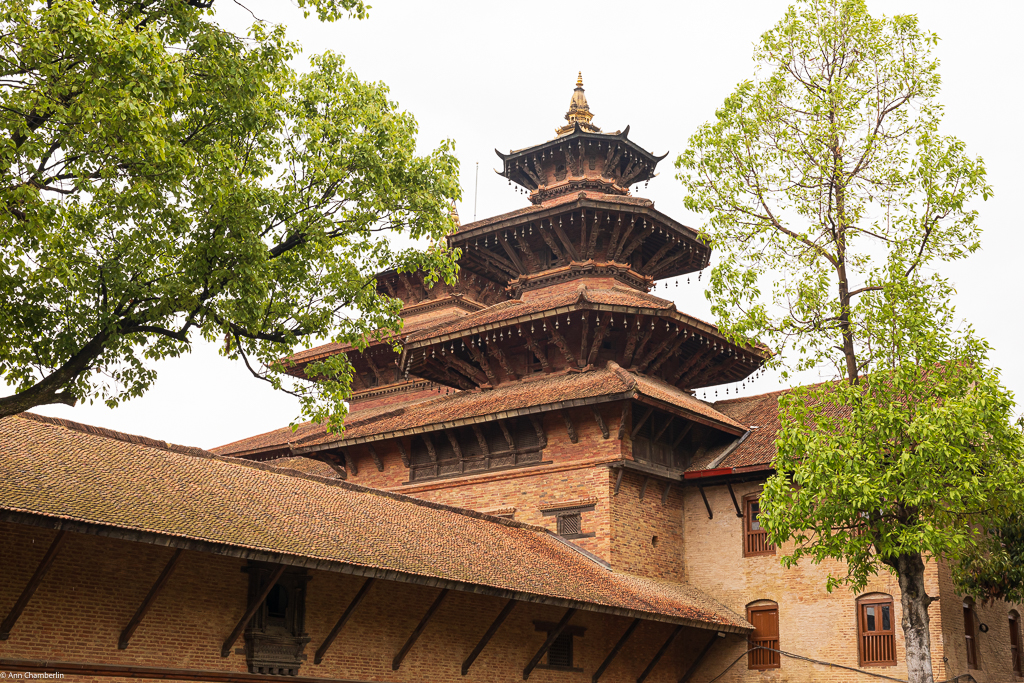
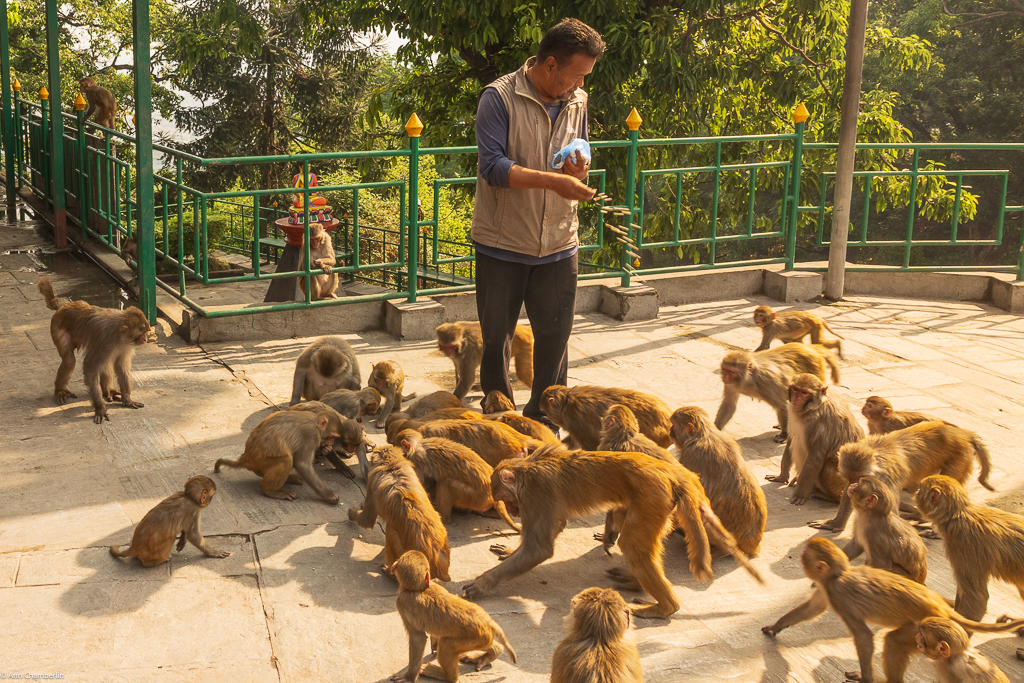
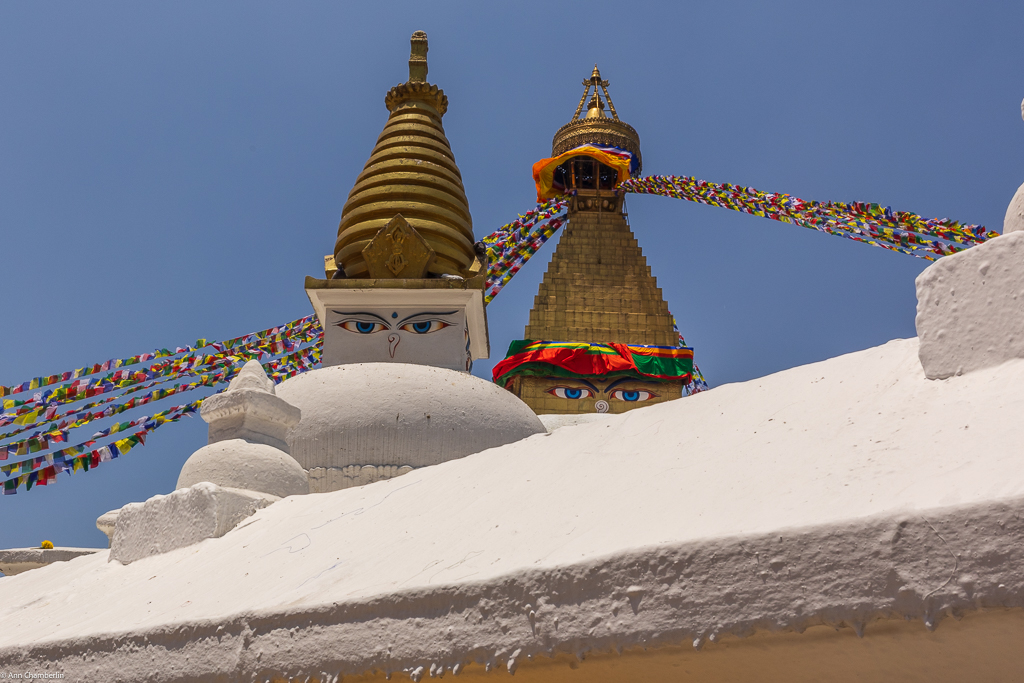
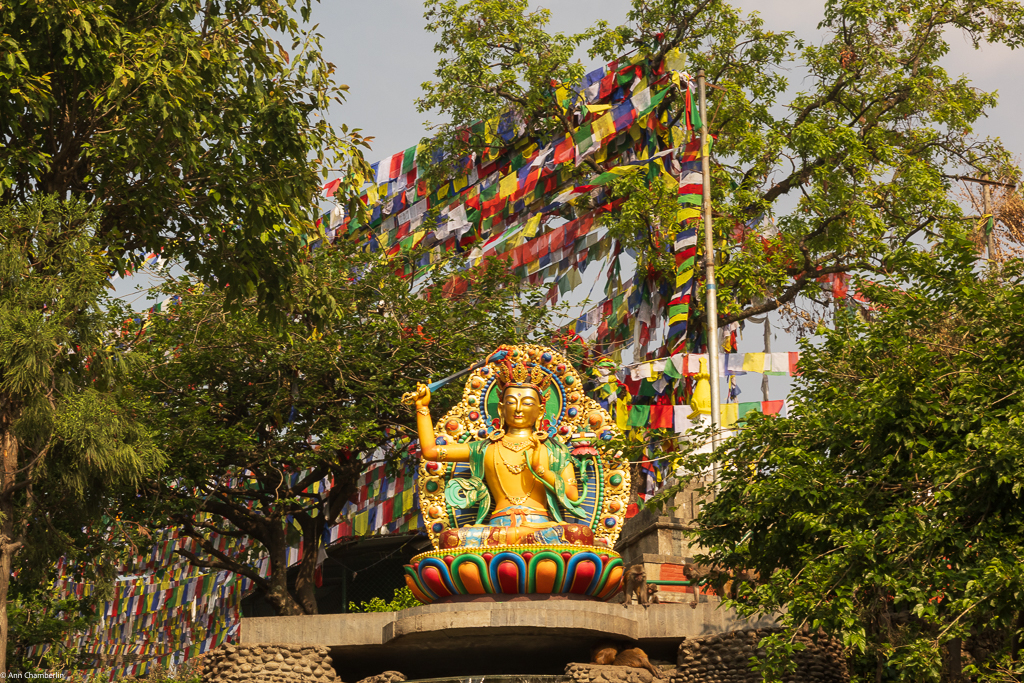
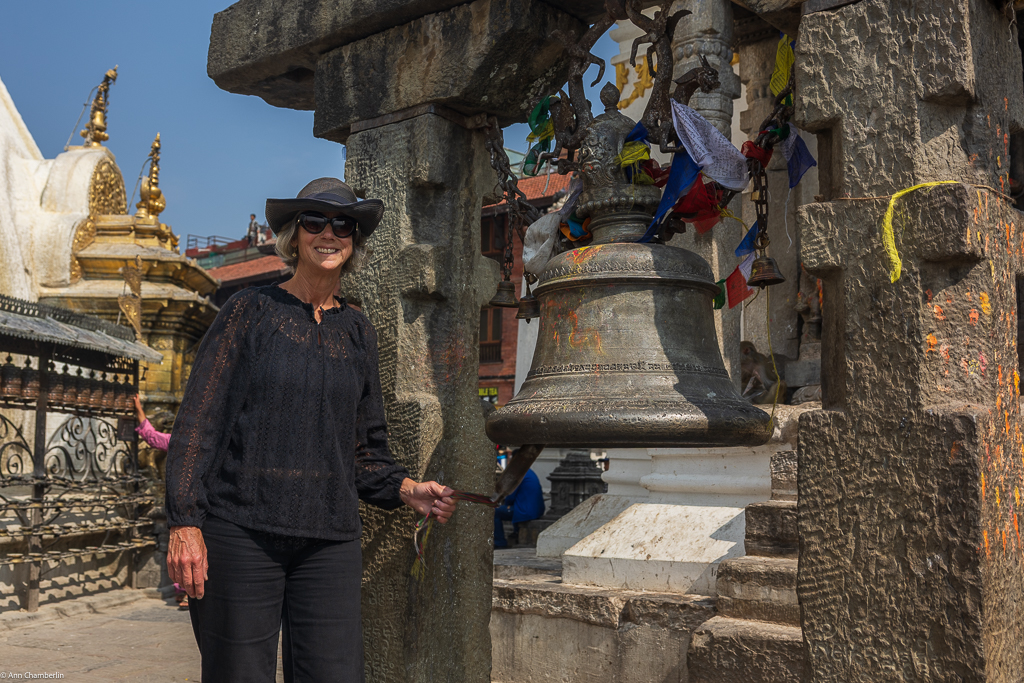
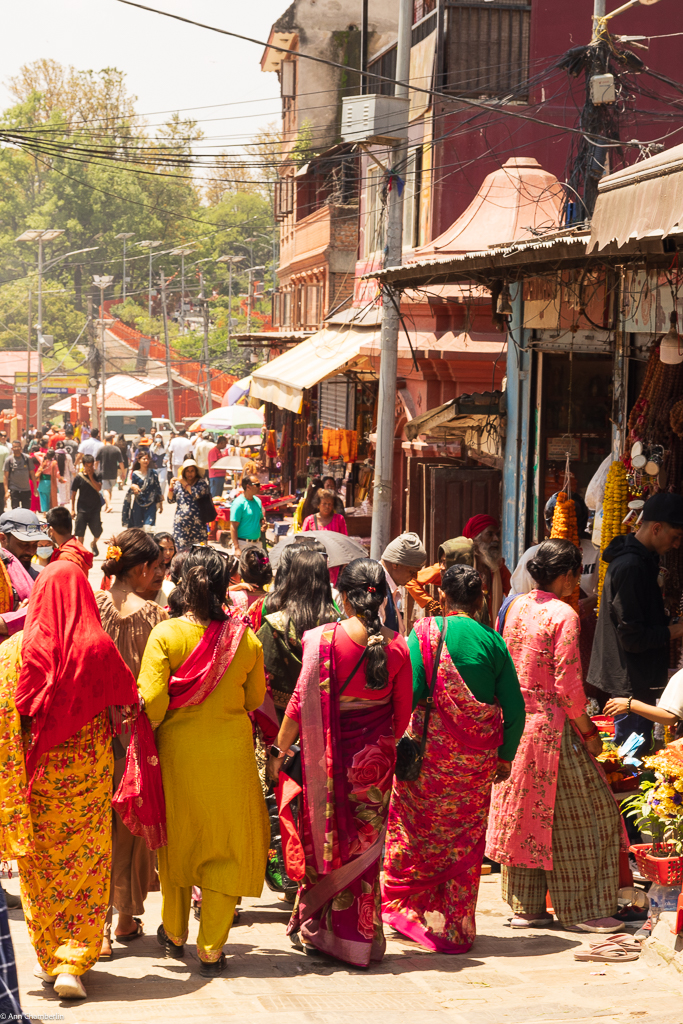
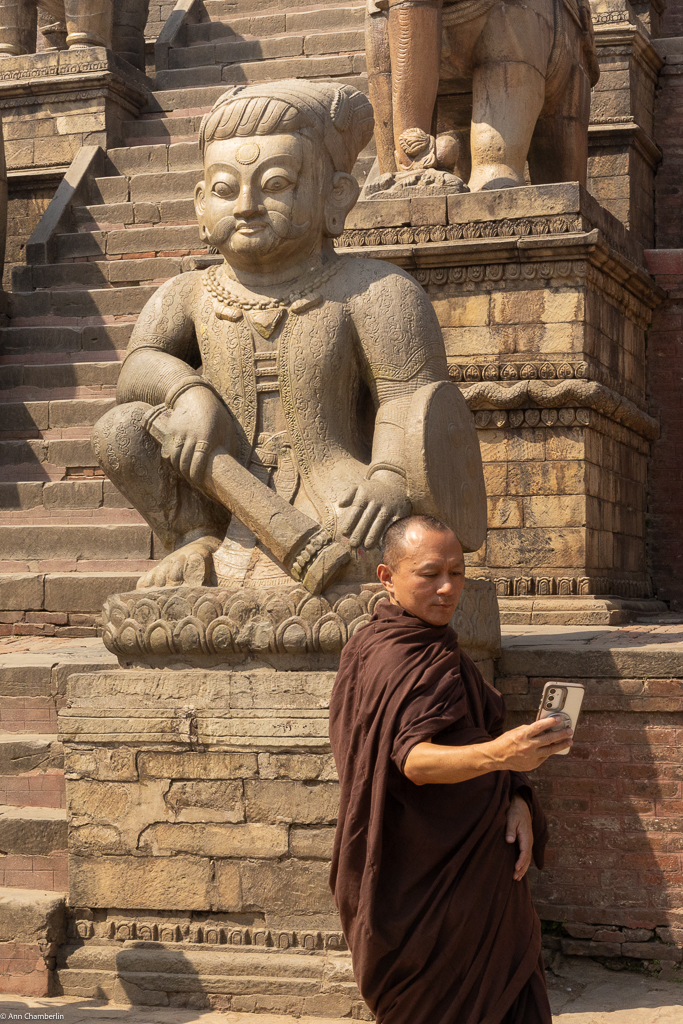
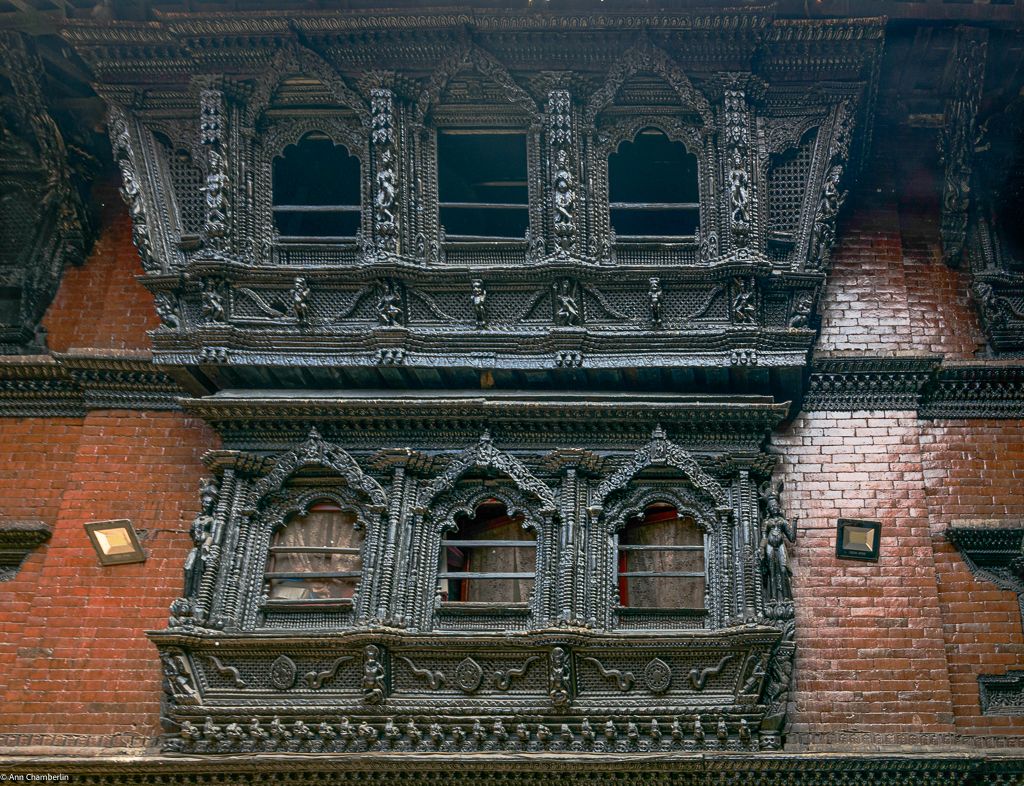
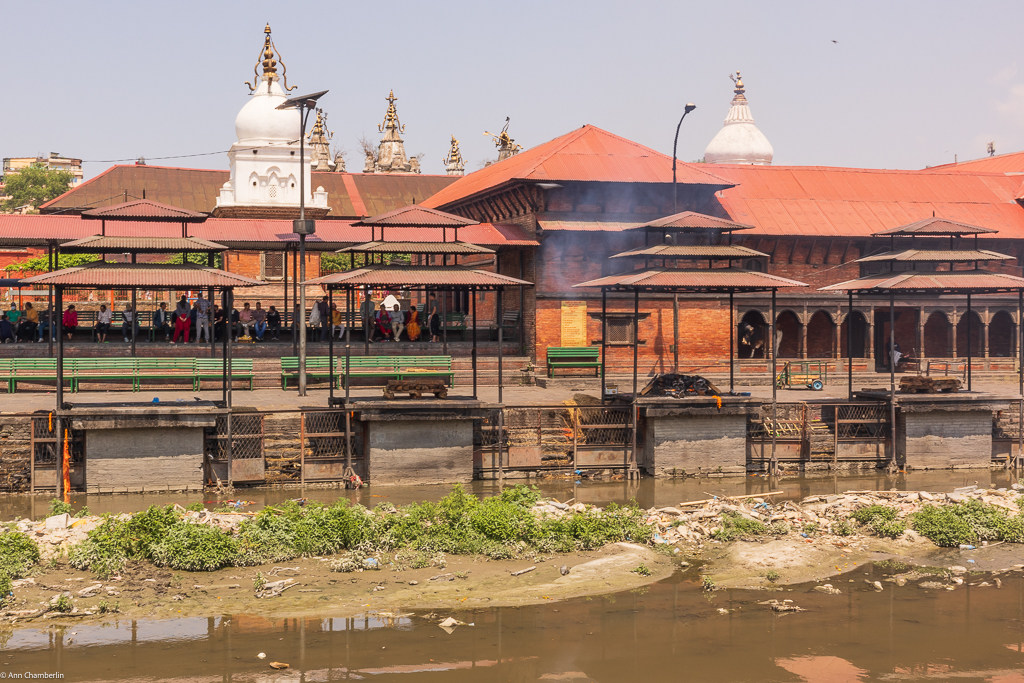
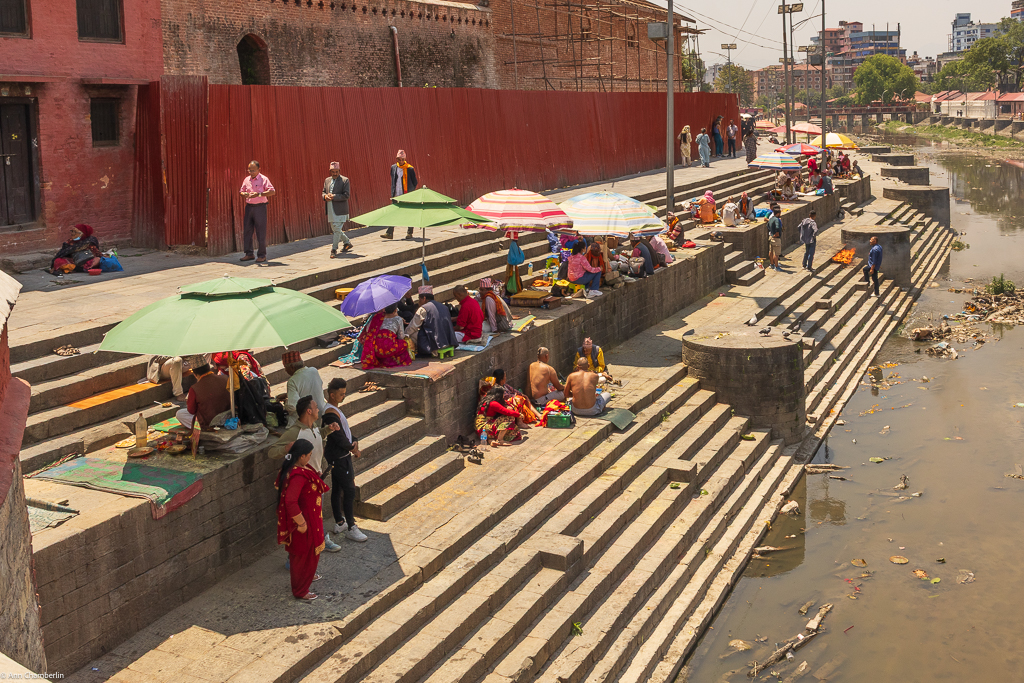
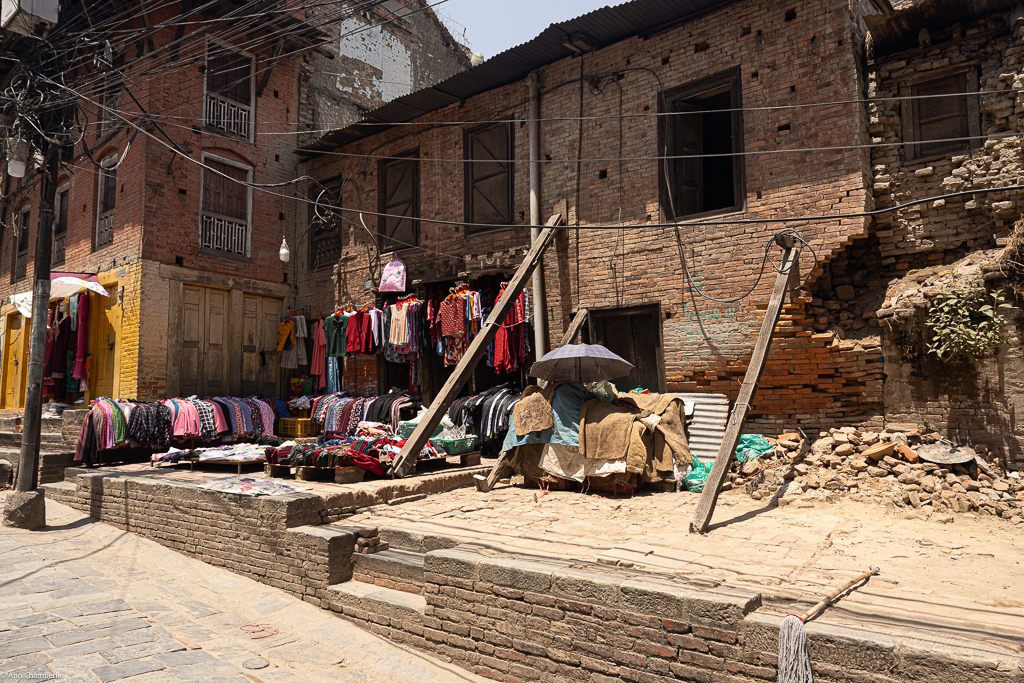
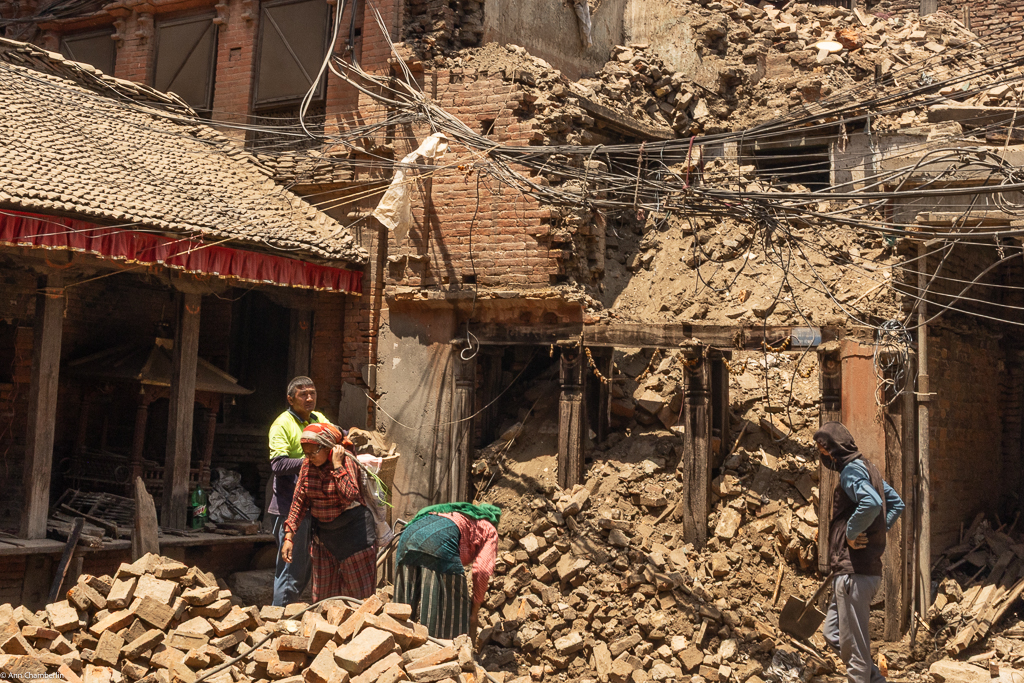
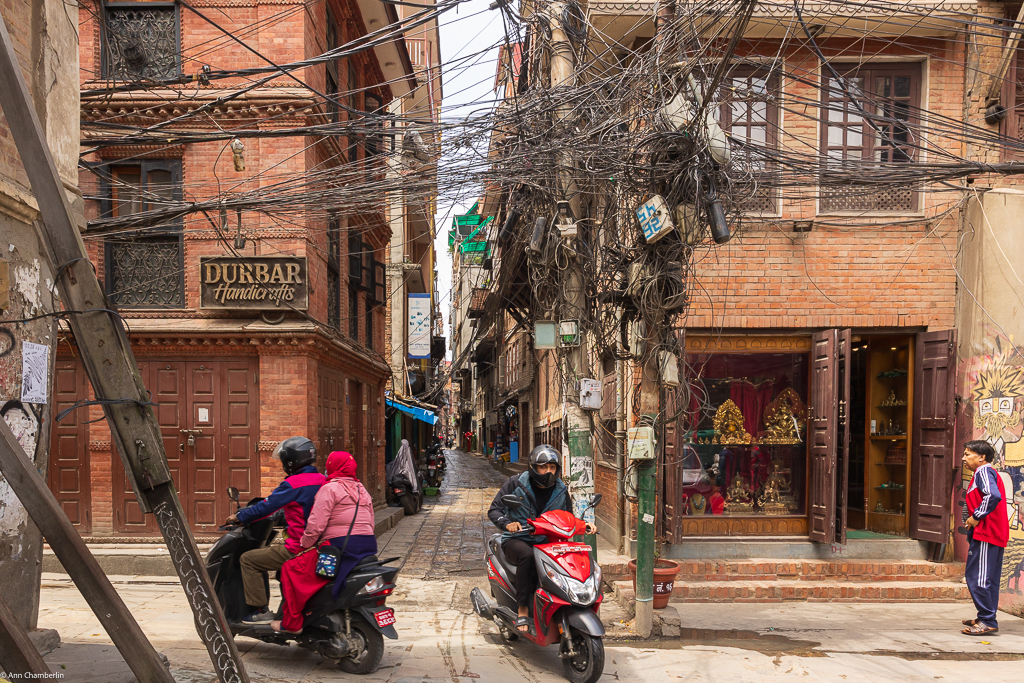
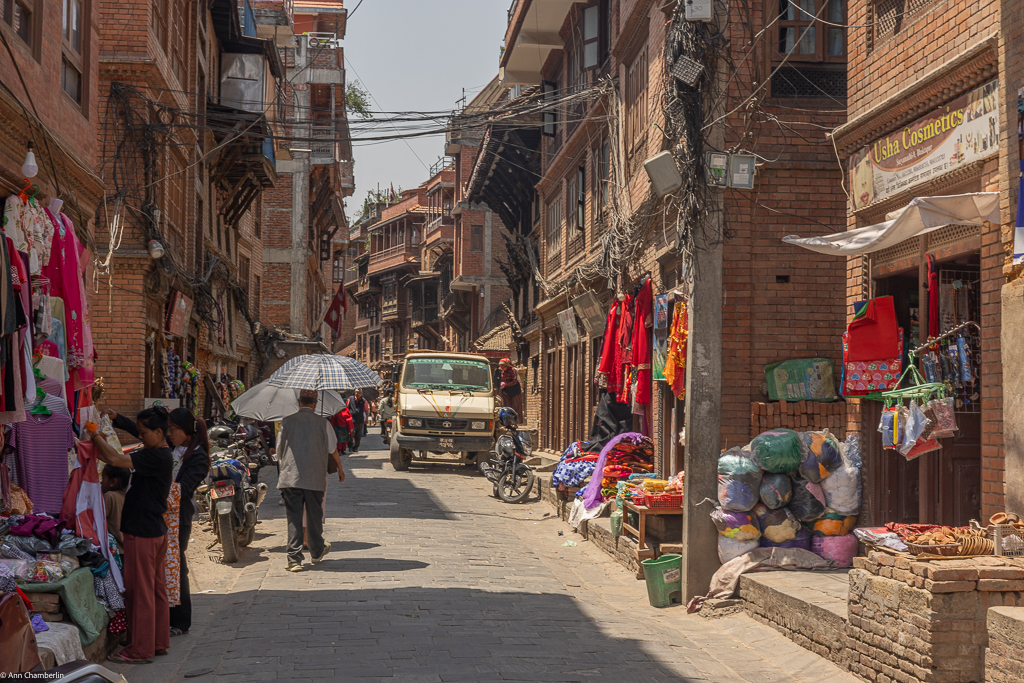
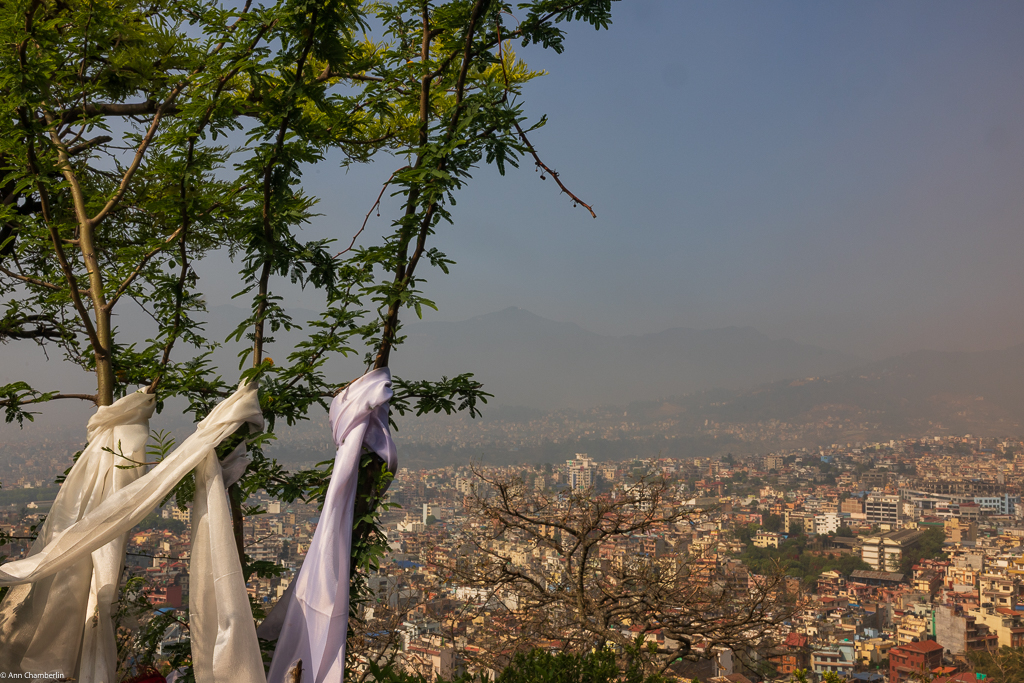
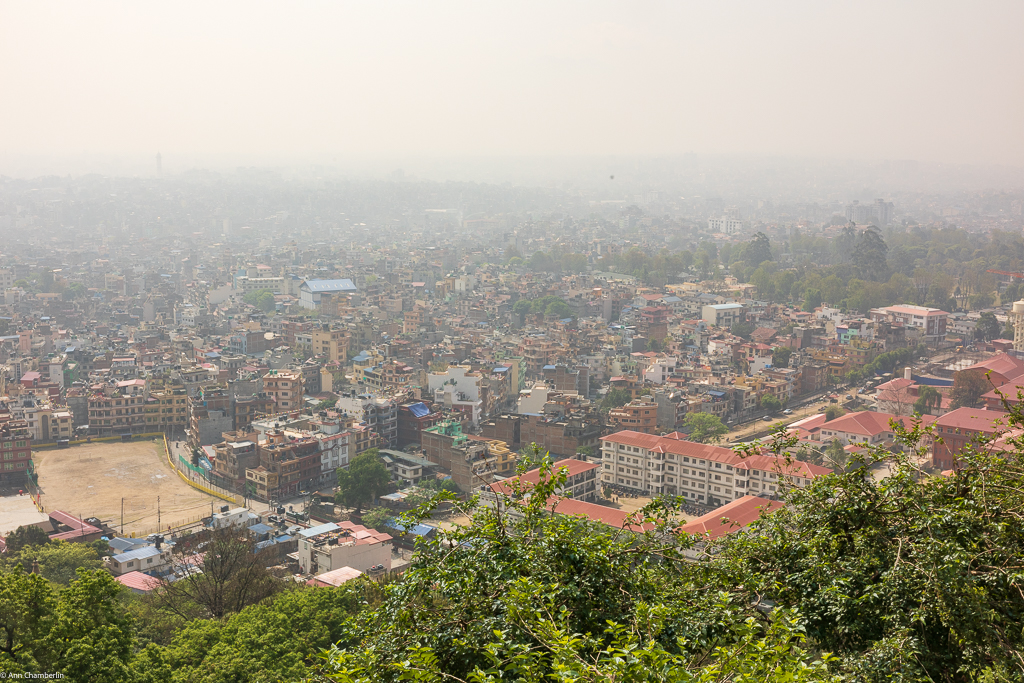
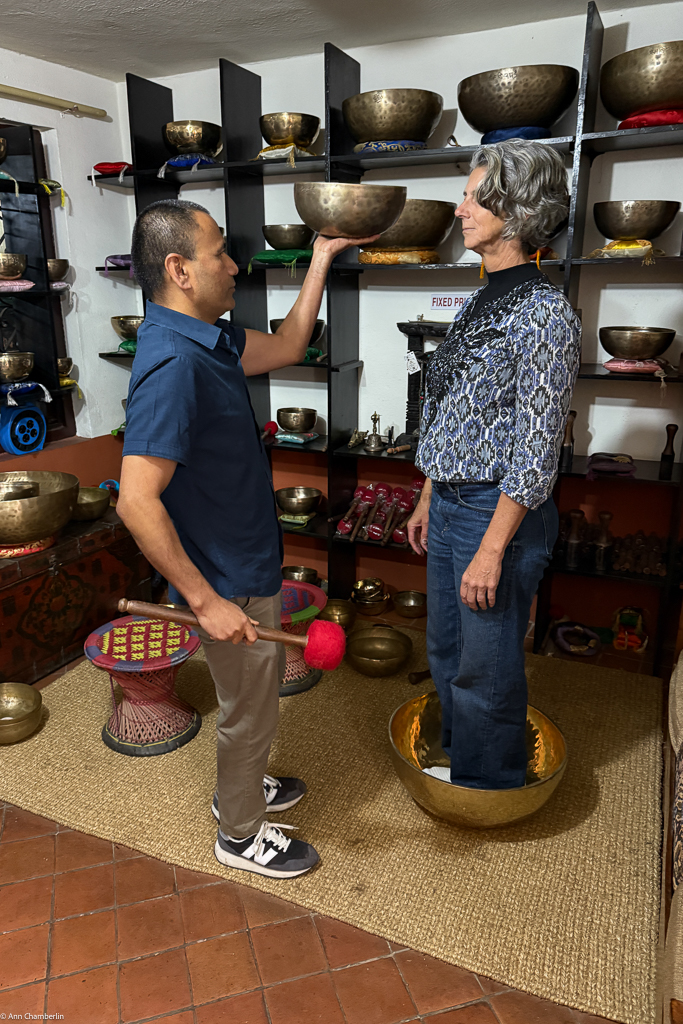
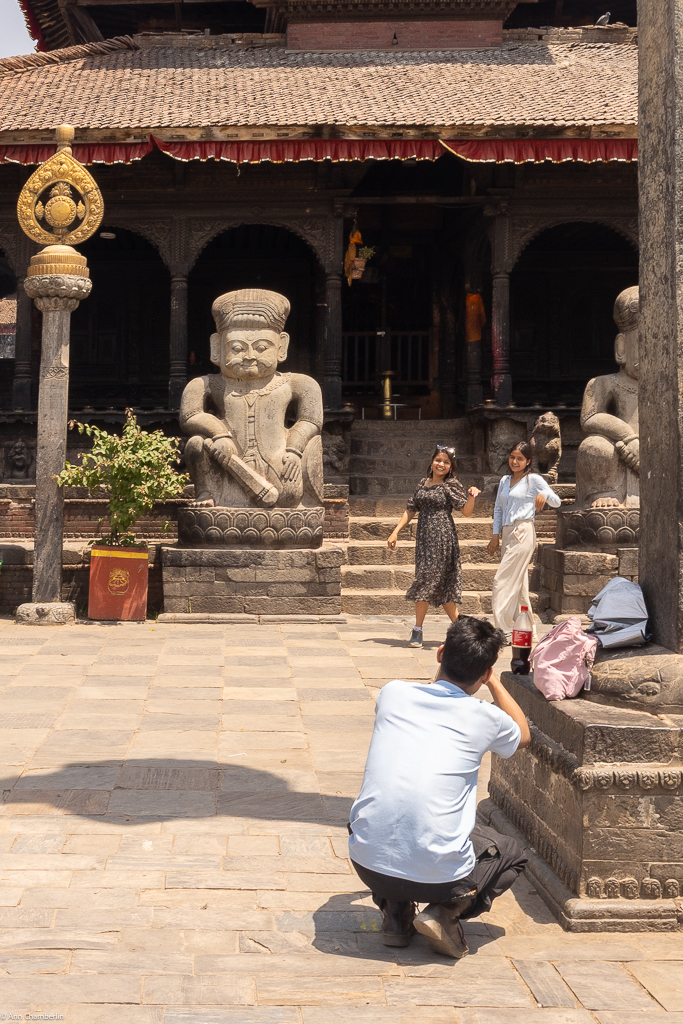
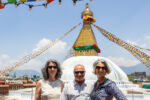
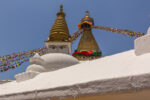
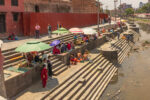
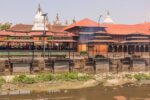
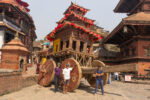
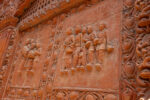
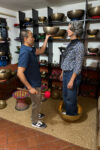
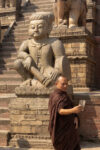
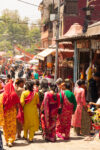
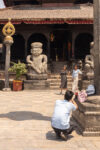
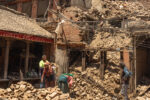
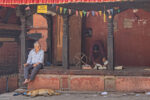
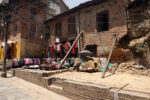
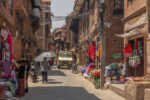
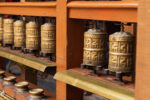
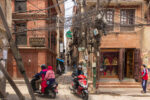
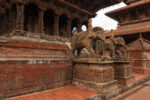
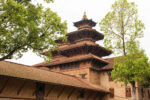
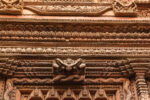
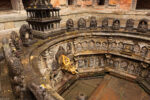
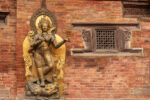
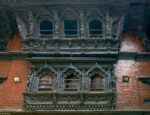
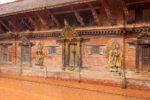
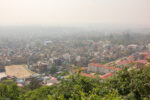
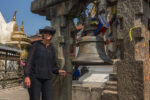
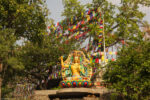
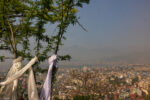
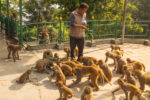
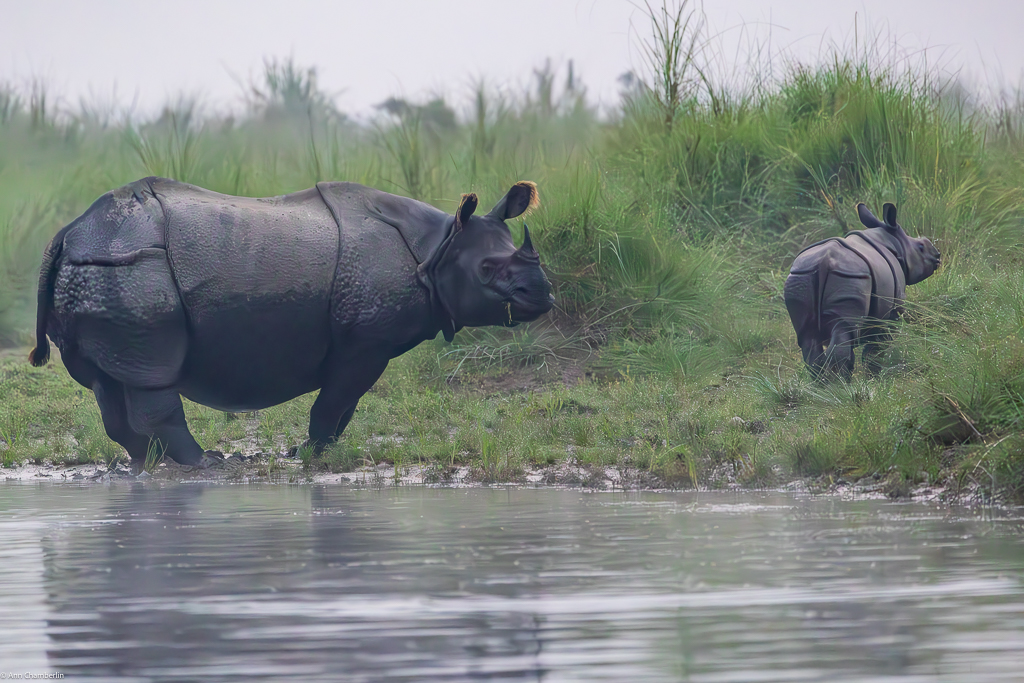
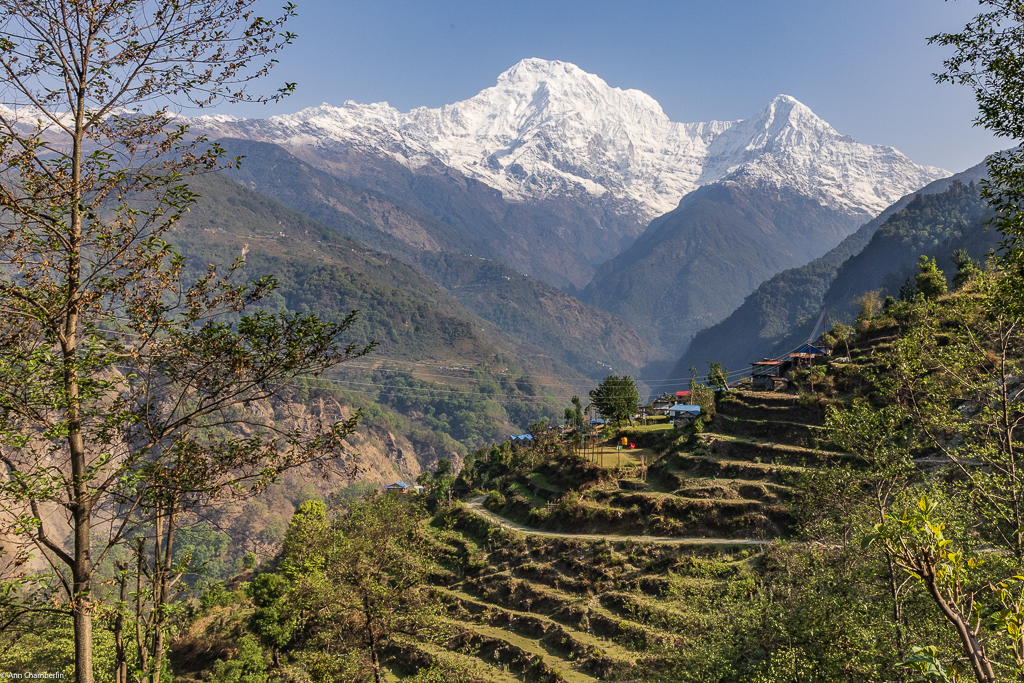
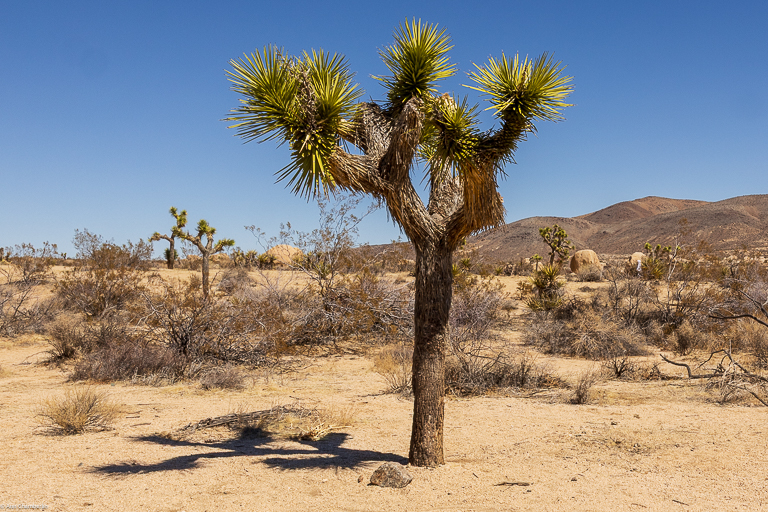
gail
Yes – and go on ______
boyarka-inform
I constantly spent my half an hour to read this weblog’s posts daily along
with a mug of coffee.